On the occasion of the 500th anniversary of his death, the National Gallery of Umbria in Perugia celebrates from March 4 to June 11, 2023, Pietro Vannucci, known as Perugino (Città della Pieve, c. 1450 - Fontignano, 1523), with a major exhibition. Entitled The Best Master of Italy. Perugino in his time, the exhibition curated by the director of the Galleria Nazionale dell’Umbria Marco Pierini and Veruska Picchiarelli, curator of the Perugino museum, aims to restore the painter, an absolute protagonist of the last two decades of the 15th century, to the role of artistic prominence that his public and his era had assigned him, through masterpieces of his production, all of which predate 1504, that is, at the moment of the peak of his career. The exhibition is part of the anniversary celebrations, coordinated by a National Committee, established by the Ministry of Culture and chaired by Ilaria Borletti Buitoni, which will involve some of the most important national and international museums, including the Uffizi Galleries and the National Gallery in Washington, in a scientific partnership. “An exhibition that represents the centerpiece of the celebrations for the five hundred years since Perugino’s death that of the National Gallery,” says Ilaria Borletti Buitoni. “Fundamental, thanks also to the contribution of major international museums, to understand the artist’s role in his time, the fame that accompanied him during his lifetime and his recognized value as a Master.”
The title of the exhibition comes from a letter, dated Nov. 7, 1500, in which Agostino Chigi, among the greatest patrons of the time, called Perugino “the best master of Italy.” As stated by the curators, the choice of using this expression as the title of the exhibition with which the Galleria Nazionale dell’Umbria will celebrate the fifth centenary of the painter’s death explicitly underscores the intention to recount his greatness through the eyes of those who were able to admire his work from a privileged perspective, without the gaze being misled by the production of a particularly prolific (sometimes even serial) late activity and without, above all, the conditioning due to a critical fortune that was, to say the least, fluctuating. The National Gallery of Umbria preserves the most considerable number of the artist’s works, and the exhibition ideally completes the project of historical and critical analysis of Perugino’s creative itinerary, which began in 2004 in the Umbrian museum itself with an exhibition on the last two decades of his production.
On display are about seventy works, created by Perugino before 1504, the year in which the painter was working on three masterpieces that marked his career: the Crucifixion of the Chigi Chapel in Sant’Agostino in Siena, the Struggle between Love and Chastity formerly in Mantua, now in the Louvre in Paris, and the Marriage of the Virgin for the Chapel of the Holy Ring in Perugia Cathedral, now in the Musée des Beaux-Arts in Caen, France.
As comprehensively as possible, the major review presents the main steps in his career: from his earliest collaborations in Andrea del Verrocchio ’s workshop to the Florentine enterprises that made his fortune (such as the three panels formerly in San Giusto alle Mura, now in the Uffizi Galleries, or the San Domenico Altarpiece in Fiesole); from portraits to monumental altarpieces, such as the Galitzin Triptych, now in the National Gallery in Washington, and the Polyptych of the Charterhouse of Pavia, largely in the National Gallery in London and exceptionally reassembled for the occasion.
Moreover, the exhibition reflects on the role that Perugino actually played in the contemporary art scene in the relationship that linked him to the protagonists of that era, following geographically the movements of the painter or his works through Italy. Indeed, the painter left deep traces of his production throughout Italy, beginning in Umbria and Tuscany, in the locations of his workshops in Perugia and Florence. For example, the decorative enterprise of the Sistine Chapel is the basis of an Umbrian-Latial strand of “Peruginism,” which found its interpreters in artists such as Antoniazzo Romano or Antonio da Viterbo known as Pastura. Just as in Piedmont the study of Perugino’s capital evidence seen between Florence and Pavia is reflected with surprising results in the production of Gaudenzio Ferrari. The presence of works by the Umbrian master in Romagne and Emilia, from Fano, to Senigallia, to Bologna is the basis then for the painting of Francesco Francia and Lorenzo Costa. A Lombard-Venetian vein witnessed in particular by the works of Tommaso Aleni and Francesco Verla is related to the Madonna and Child between Saints Augustine and John the Evangelist in the church of Sant’Agostino in Cremona. Finally, the great Assumption in the Cathedral of San Gennaro gives further propelling force to the spread of Perugino’s lexicon not only in the Naples area, with the activity of Stefano Sparano or Cristoforo Faffeo, but also in other areas of southern Italy.
Accompanying the exhibition is the catalog, published by Dario Cimorelli Editore, with contributions from the painter’s leading specialists, which will trace the stages of his career, from his training to his return to Umbria at the beginning of the 16th century, with introductory texts aimed at better describing the master’s era, delving into his history, thought and spaces. Ample space will be given to the directors and curators of the collections from which the works on loan come, including the Uffizi Galleries, the National Gallery in Washington, the National Gallery in London, the Louvre in Paris and the Gemäldegalerie in Berlin. In fact, the National Gallery of Umbria has proposed to the museums that have been asked to make a more substantial effort, in terms of the number and quality of the works granted, to become true partners in this project, through initiatives in reciprocity and scientific advice. The ultimate goal is to recover the gaze of contemporaries, and to return to seeing in Pietro Perugino an absolute protagonist of the Renaissance, as he was for at least two decades.
The curators emphasize how “the Umbrian master, first after Giotto, imposed in Italy a true national language, spread from north to south and marked by absolutely innovative and original characters. The years in which he marked a gradual but inexorable transition from the cerebral spatiality and linearism of the more straightforward Florentine Renaissance to a new idea of classicism, characterized by pure forms, absolute rigor, extraordinary chromatic sensitivity and a lyrical interpretation of the landscape, will be retraced here.” Path visible in the exhibition by capital evidence of the artist, including the youthful Madonna and Child from the Musée Jaquemart-André in Paris, the three panels already in San Giusto alle Mura at the Uffizi Galleries, the Galitzin Triptych now at the National Gallery in Washington, the Scarani Altarpiece at the Pinacoteca Nazionale in Bologna, the Polyptych of the Certosa di Pavia, much of which is preserved at the National Gallery in London, exceptionally reassembled for the occasion, and the splendid portraits.
The exhibition is supported by the Perugia Foundation, the Region of Umbria, the Chamber of Commerce ofUmbria, the Fondazione Cassa di Risparmio di Foligno, the Municipality of Norcia, and the Municipality of Spello; the patronage of Rai Radiotelevisione Italiana, Confindustria Umbria territorial section of Perugia, the Municipality of Perugia; the support of Coop Centro Italia and Fondazione NOI Legacoop Toscana; media partner is Rai Cultura; technical partners are Busitalia Gruppo Ferrovie dello Stato Italiane and Ikuvium.
“Our heritage,” says Gennaro Sangiuliano, Minister of Culture, “in whatever form it presents itself is unique because of its extraordinary heterogeneity, which must propose itself as a driving force for a rebirth capable of declining in the cultural perceptive the economic, social and anthropological values of a people equal to its past. Exhibitions such as this are able to enhance the noblest mission of a museum: not the frantic search for novelty, but the curiosity to revive what is daily before our eyes, now considered established, historicized, canonized.”
“An extraordinary day for Perugia and for the Region with the inauguration of an exhibition that gathers exceptional works from all over the world,” stresses Ilaria Borletti Buitoni, "will represent an unmissable appointment with the best Maestro of Italy.
“Perugino,” says Andrea Romizi, mayor of Perugia, “is a name darte so identifiable that over time it has become a symbol of Perugia itself, and it is no coincidence that the first Pinacoteca Comunale, now the National Gallery of Umbria, was named after Pietro di Cristoforo Vannucci. The events planned for the five-hundredth anniversary of his death, and the highly anticipated exhibition, ’The Best Master of Italy,’ as the banker Agostino Chigi aptly called him, are destined to remain in history and write a new chapter in the cultural vibrancy of Perugia, Umbria and our country. Perugino is not only the painter of sweet angelic madonnas or altarpieces blooming like fragments of heaven on earth, but the very identity of Umbrian culture spread throughout the world. Witness the works that will arrive from the most important international museums. I thank director Marco Pierini, all his collaborators, the Perugino 2023 Committee and President Ilaria Borletti Buitoni for their work so far, aware that we are only at the beginning of a very intense year full of strong emotions.”
“In a letter dated Nov. 7, 1500, Agostino Chigi, who was among the greatest patrons of his time, called Perugino the best master of Italy. The decision to use this expression,” curators Marco Pierini and Veruska Picchiarelli recall, “as the title of the exhibition with which the Galleria Nazionale dellUmbria celebrates the fifth centenary of the painter’s death explicitly declares the intention to recount his greatness through the eyes of those who were able to admire his work from a privileged perspective, without the gaze being misled by the production of a particularly prolific late activity (sometimes even serial) and without above all the conditioning due to a critical fortune that was, to say the least, fluctuating.”
The exhibition opens daily, 8:30 a.m. to 7:30 p.m.; the box office closes one hour earlier. Tickets: Full 10.00; Reduced 2.00 (Citizens of the European Union, Norway, Iceland, Switzerland and Liechtenstein between 18 and 25 years of age); Concessions 5.00 (Italian Touring Club members with TCI card); Free for children under 18; persons with disabilities with residence in the European Union and their companions; licensed tour guides with recognized license; MIC staff; ICOM (International Council of Museums) members; student groups from any school, public or private, belonging to the European Union, accompanied by their teachers; Italian State School teachers; students and teachers in architecture, archaeology, art history, cultural heritage conservation and educational sciences resident in the European Union with academic transcripts or other documentation certifying your enrollment; students from Italian universities with ID from the institute in which they are enrolled (facilitation allowed thanks to the contribution of Coop Centro Italia and Fondazione Noi Legacoop Toscana); students of theOpificio delle Pietre Dure in Florence; students of the Mosaic Restoration School in Ravenna and the Istituto Superiore per la Conservazione ed il Restauro; Italian journalists enrolled in theOrdine dei Giornalisti with a card with the annual stamp or stamp, referring to the current year; foreign journalists. Free Sundays: March 5, April 2, May 7, June 4. Reservations required for all visitors at a cost of 2.00. For info: www.gallerianazionaledellumbria.it

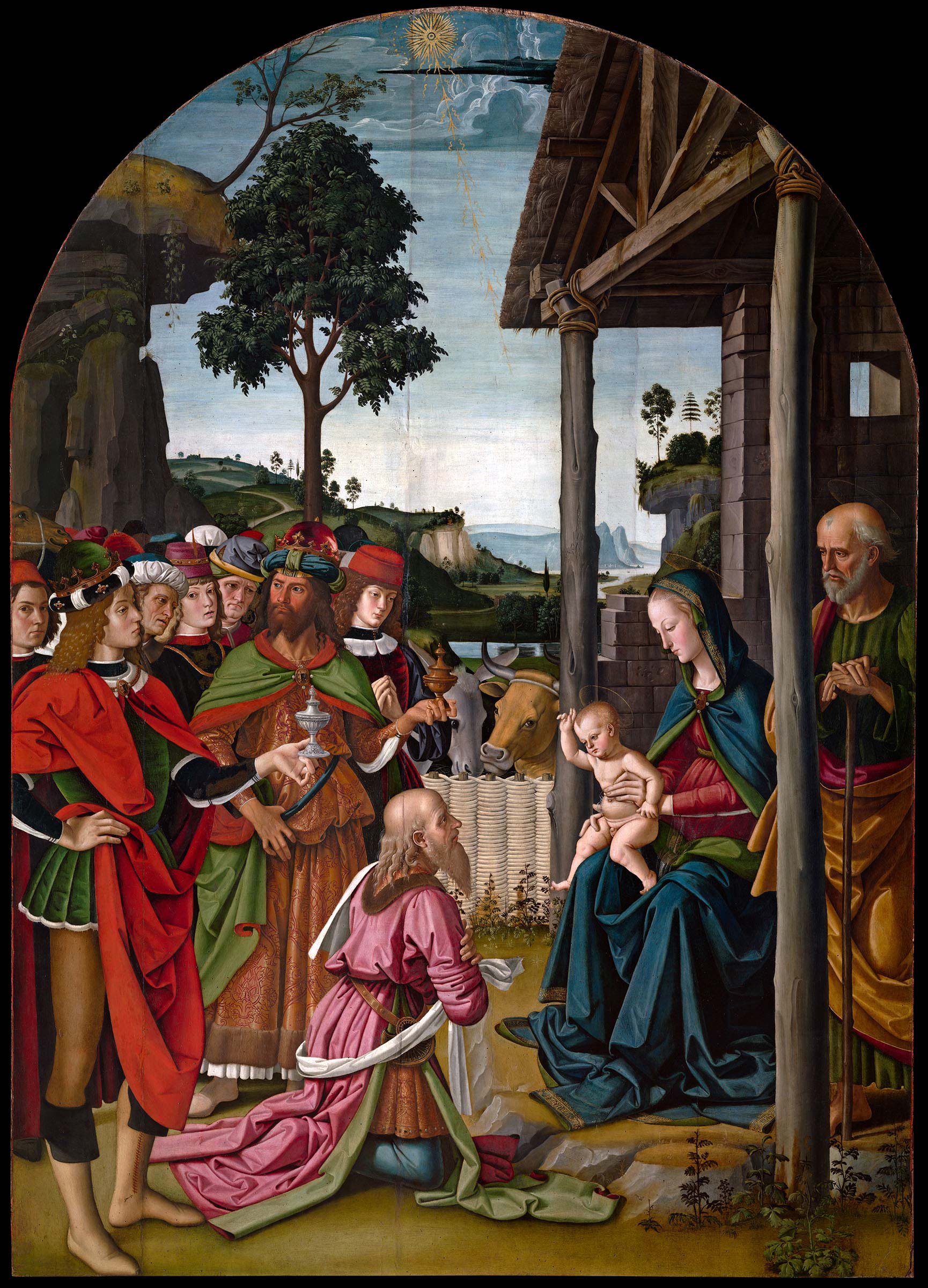

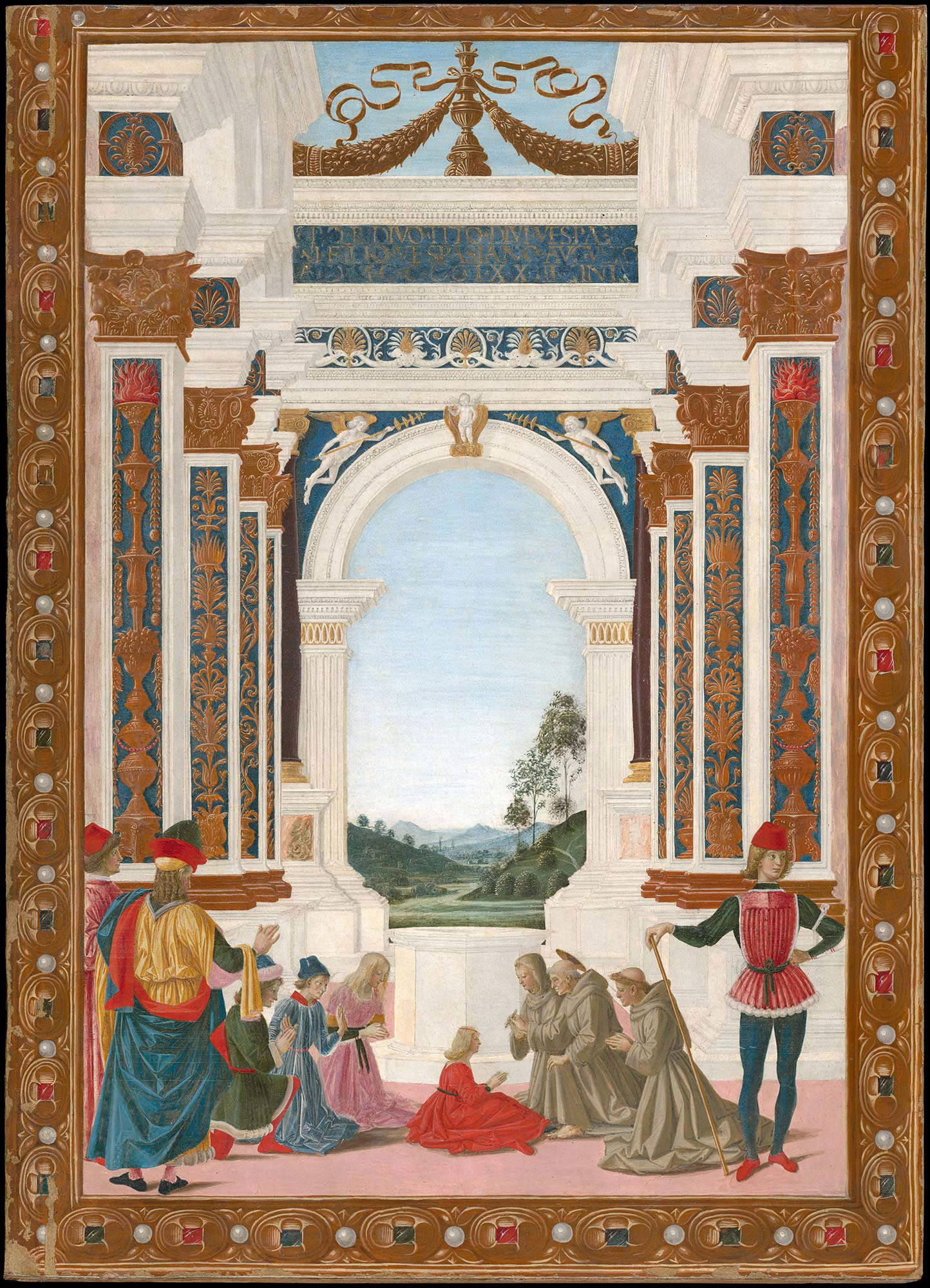

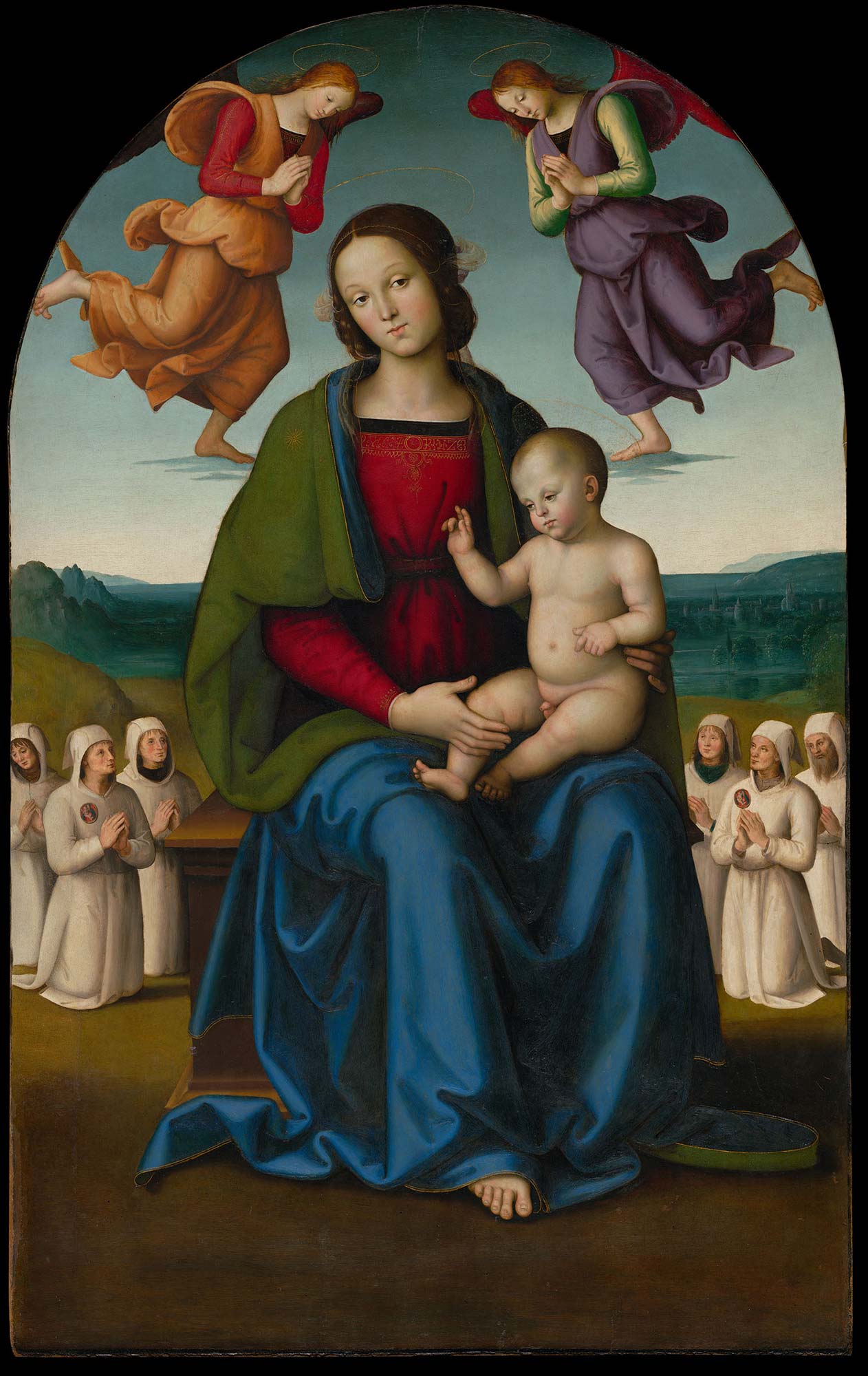

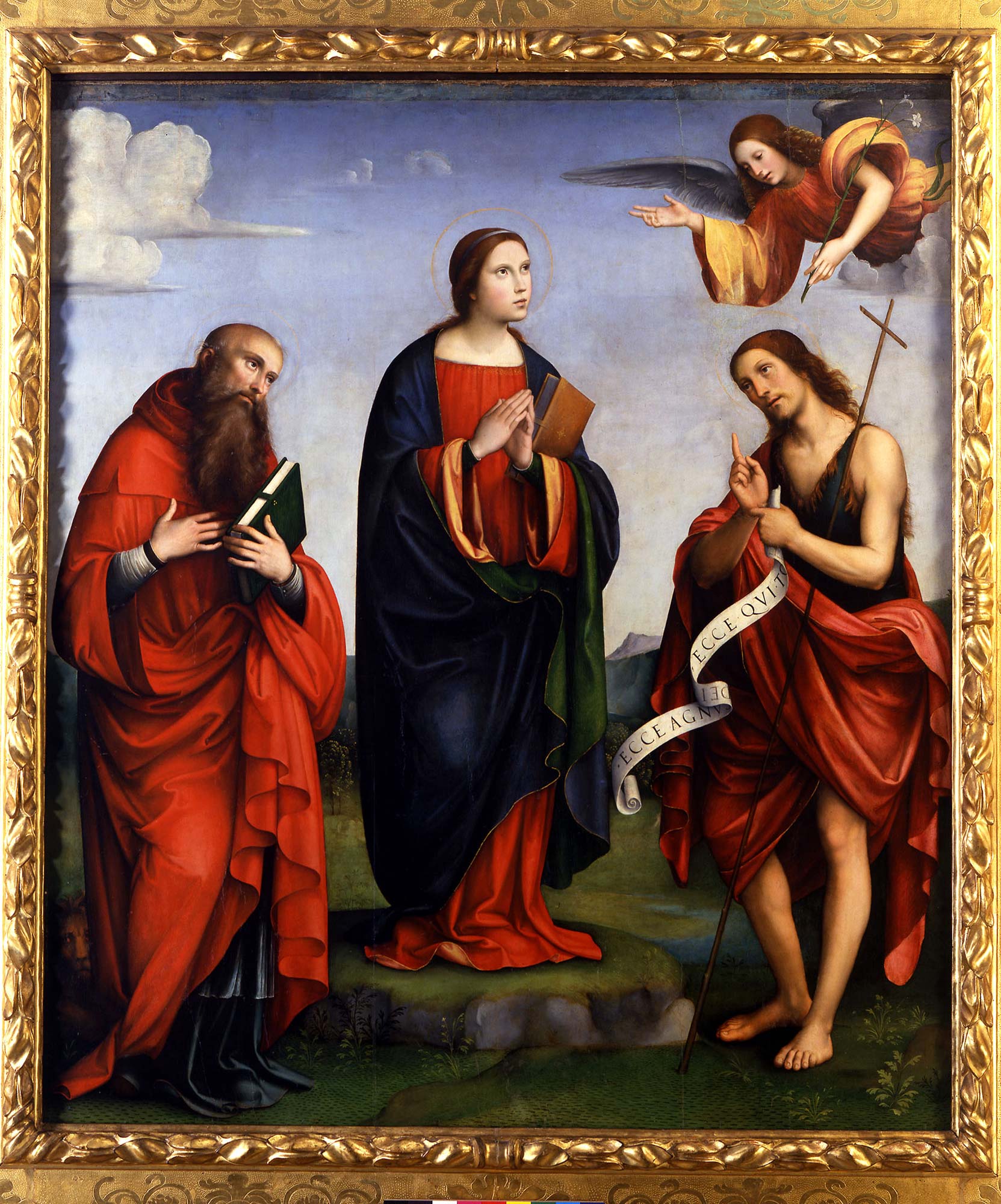
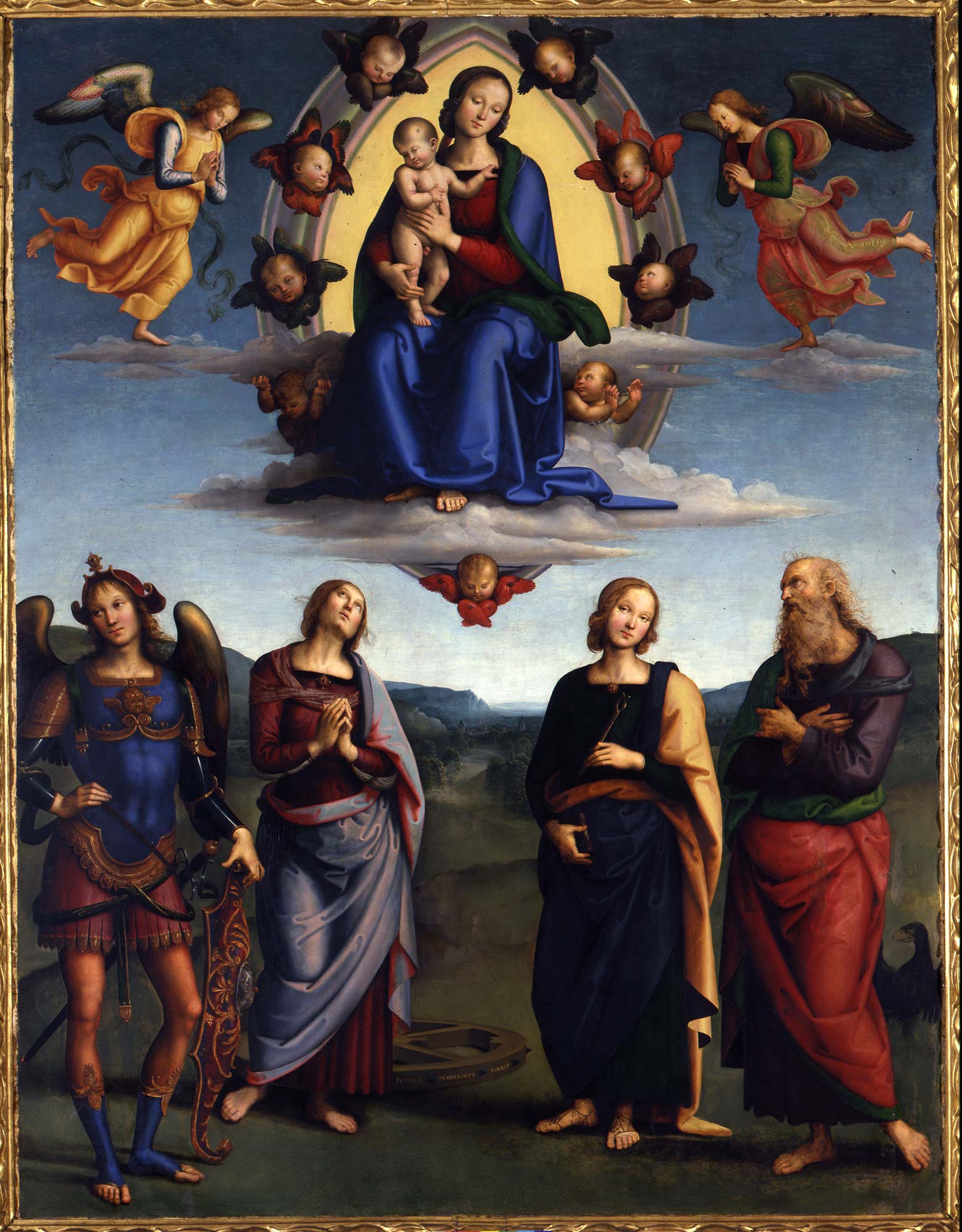
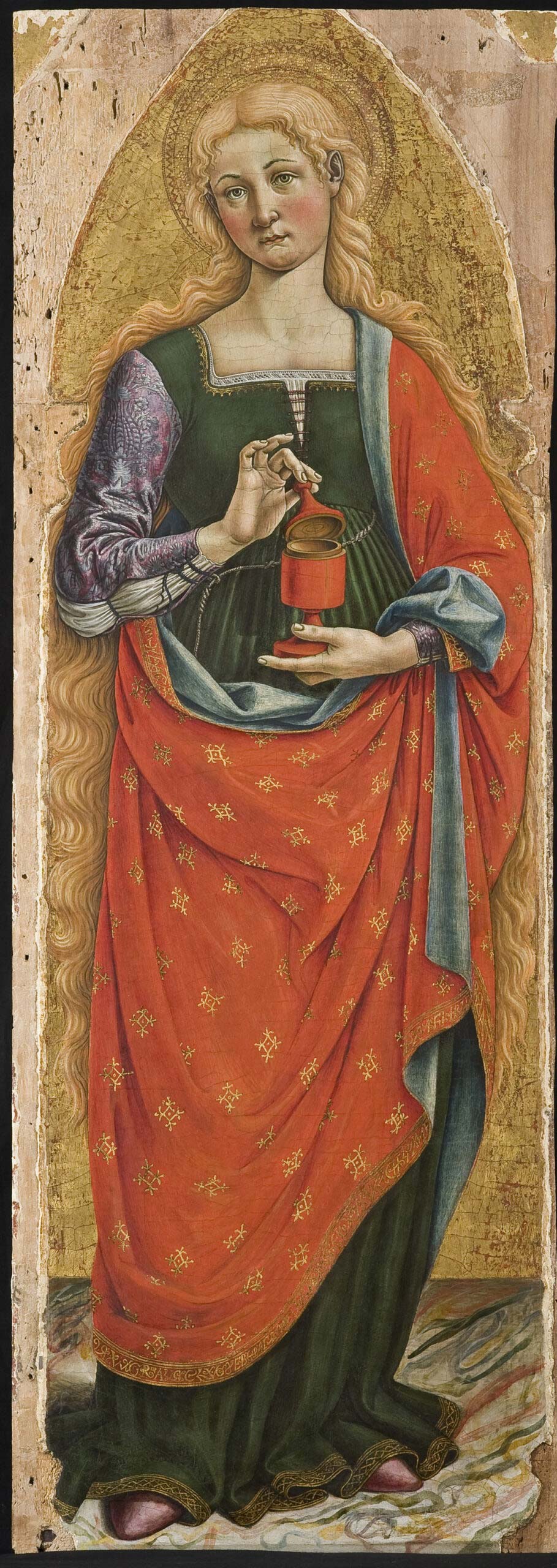
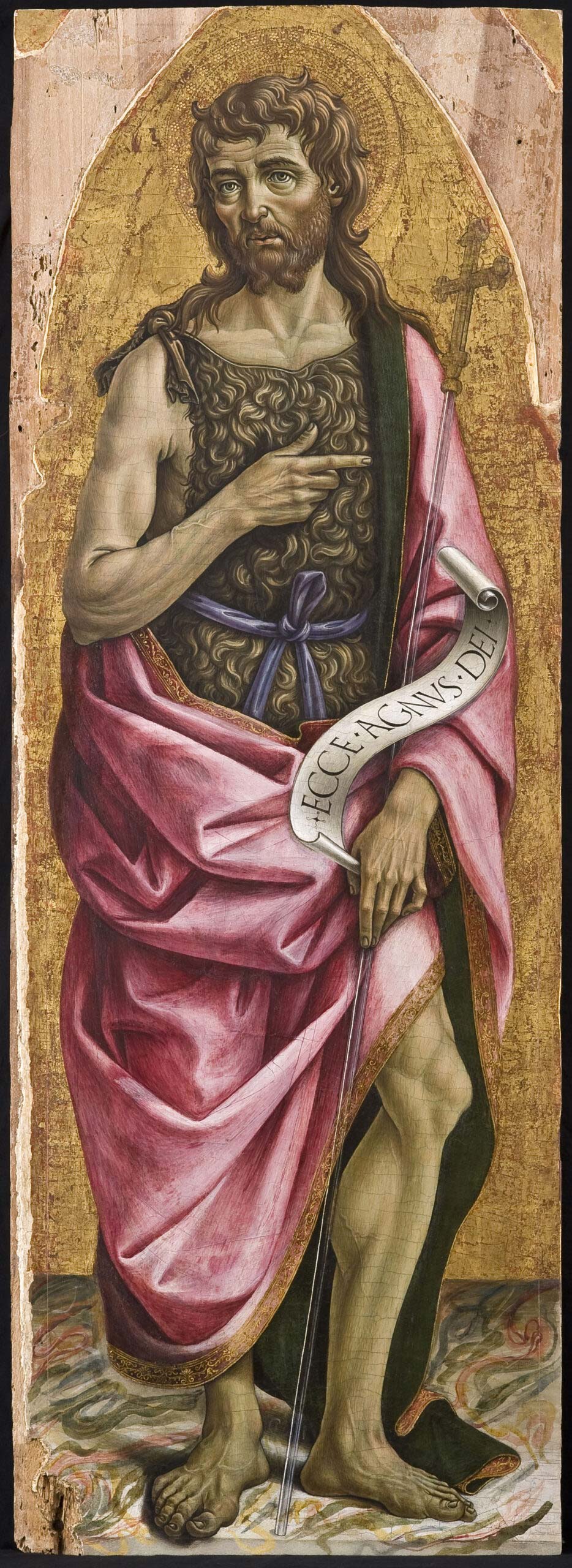
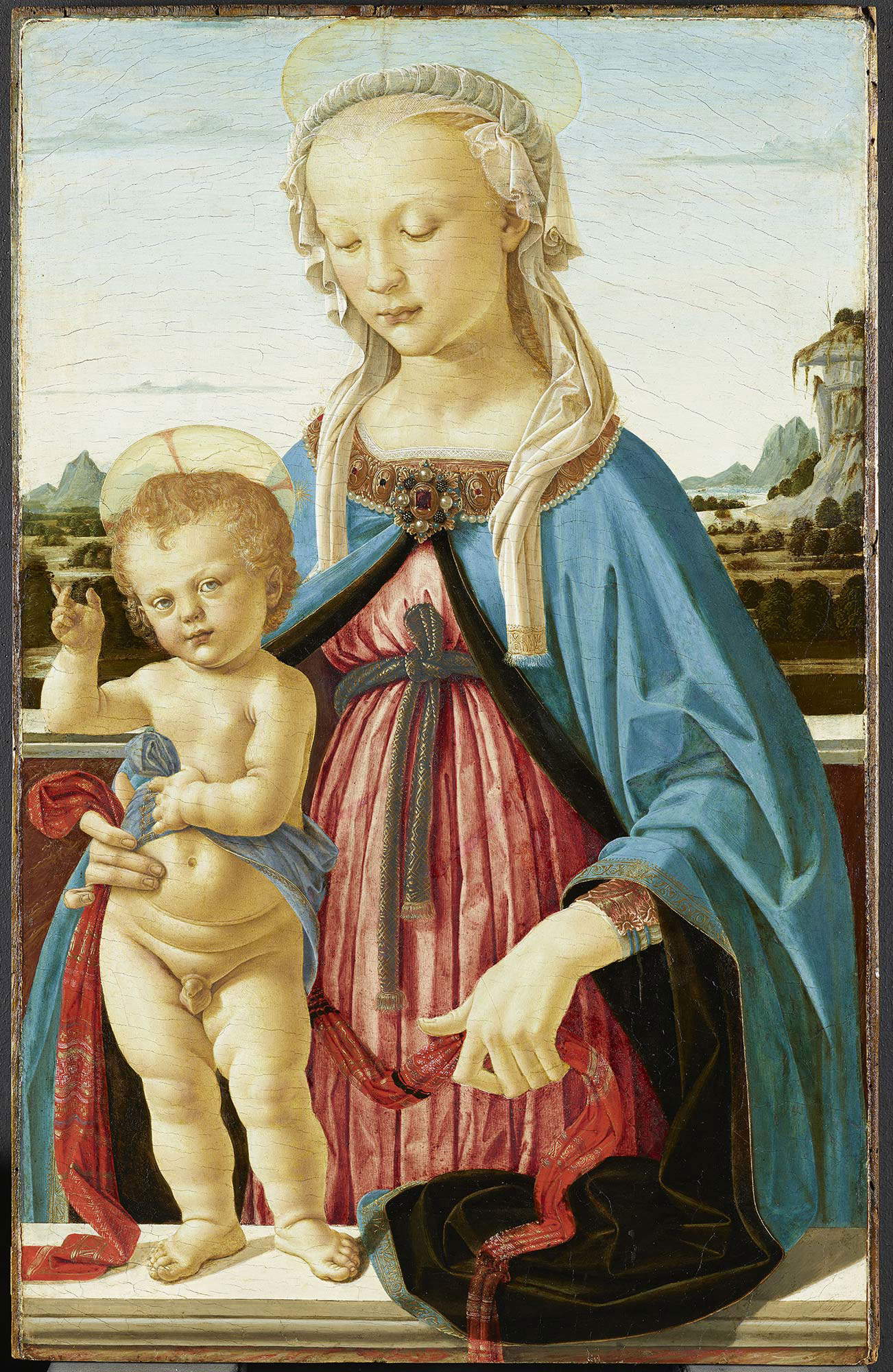
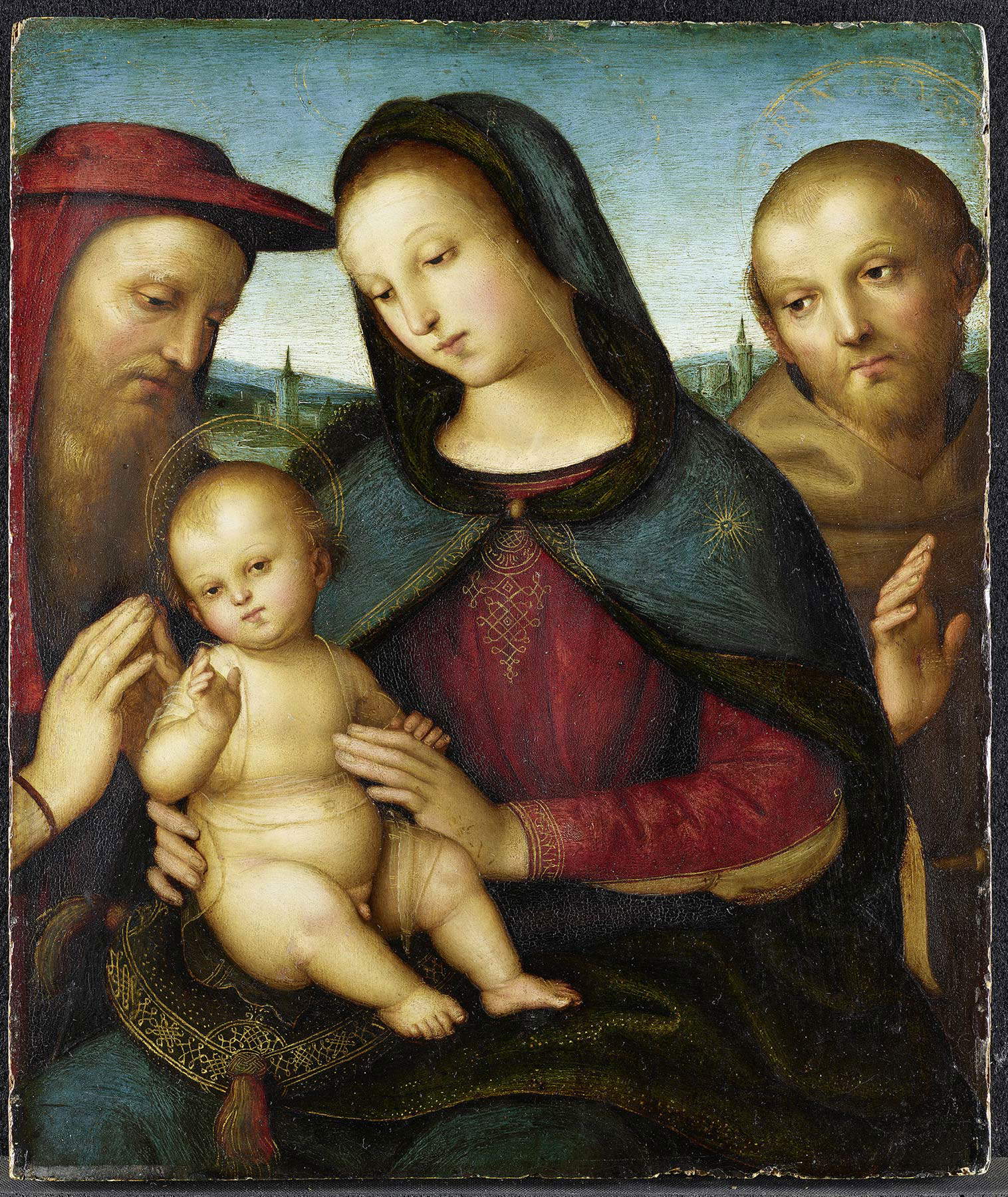

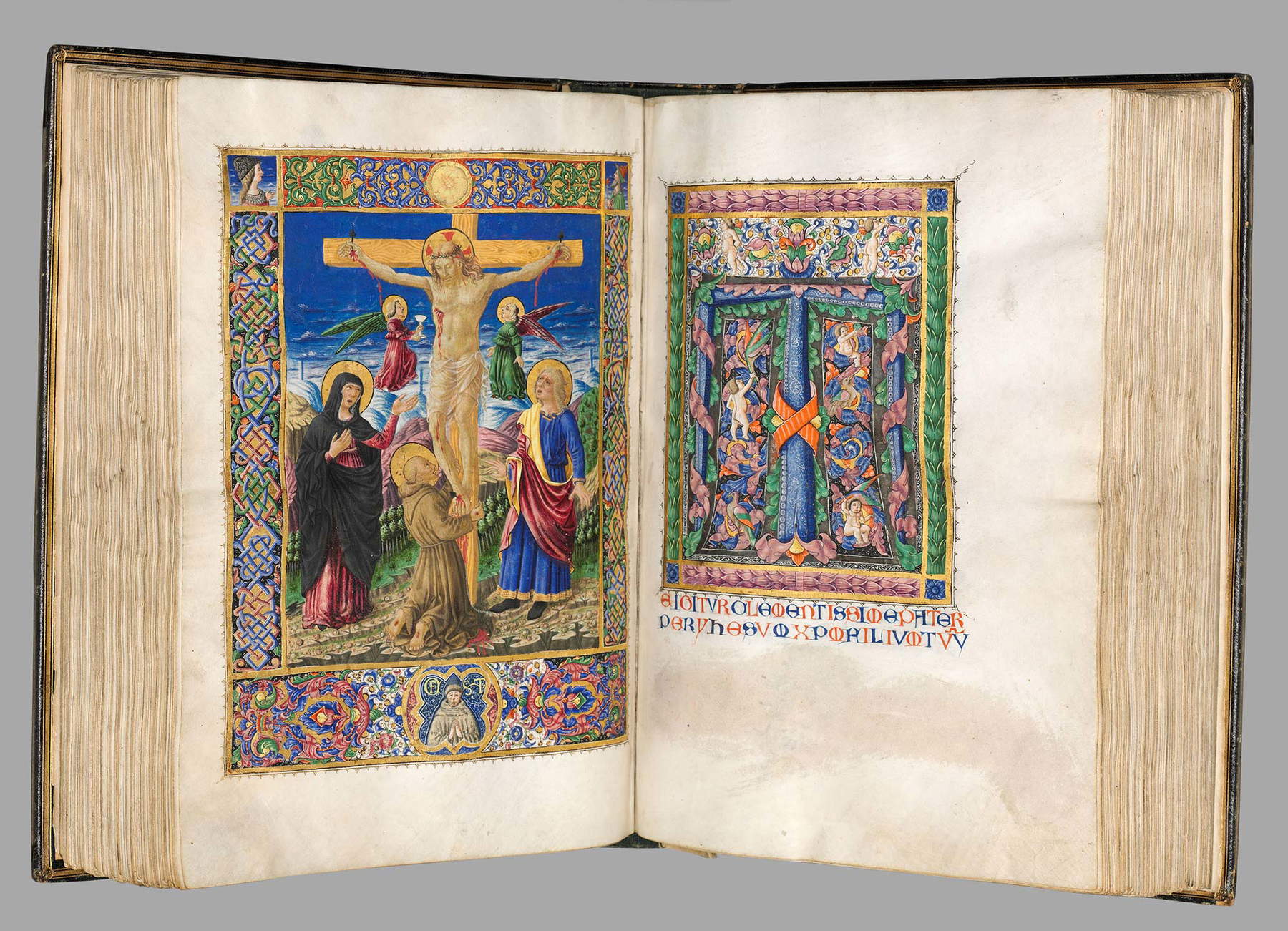
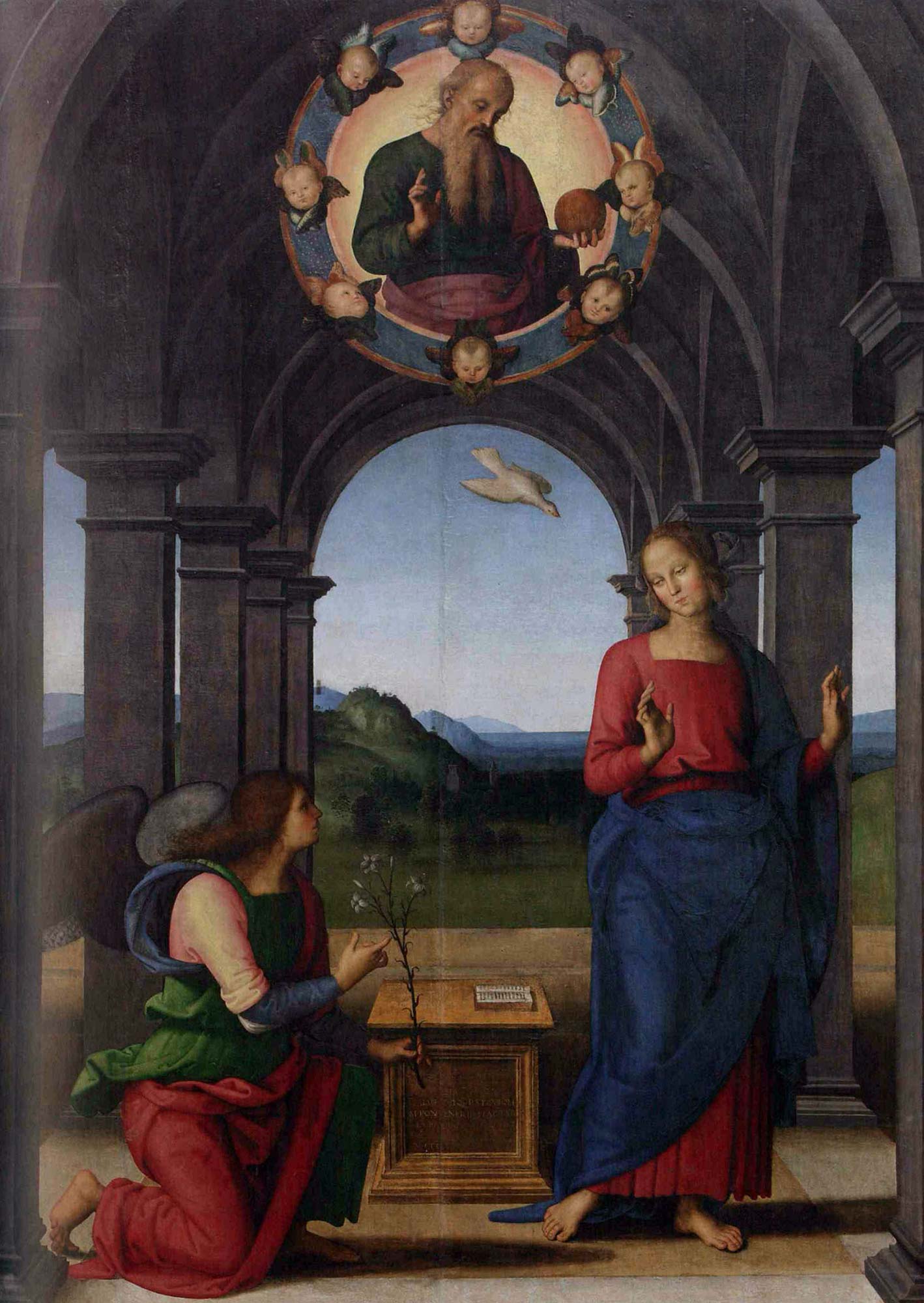

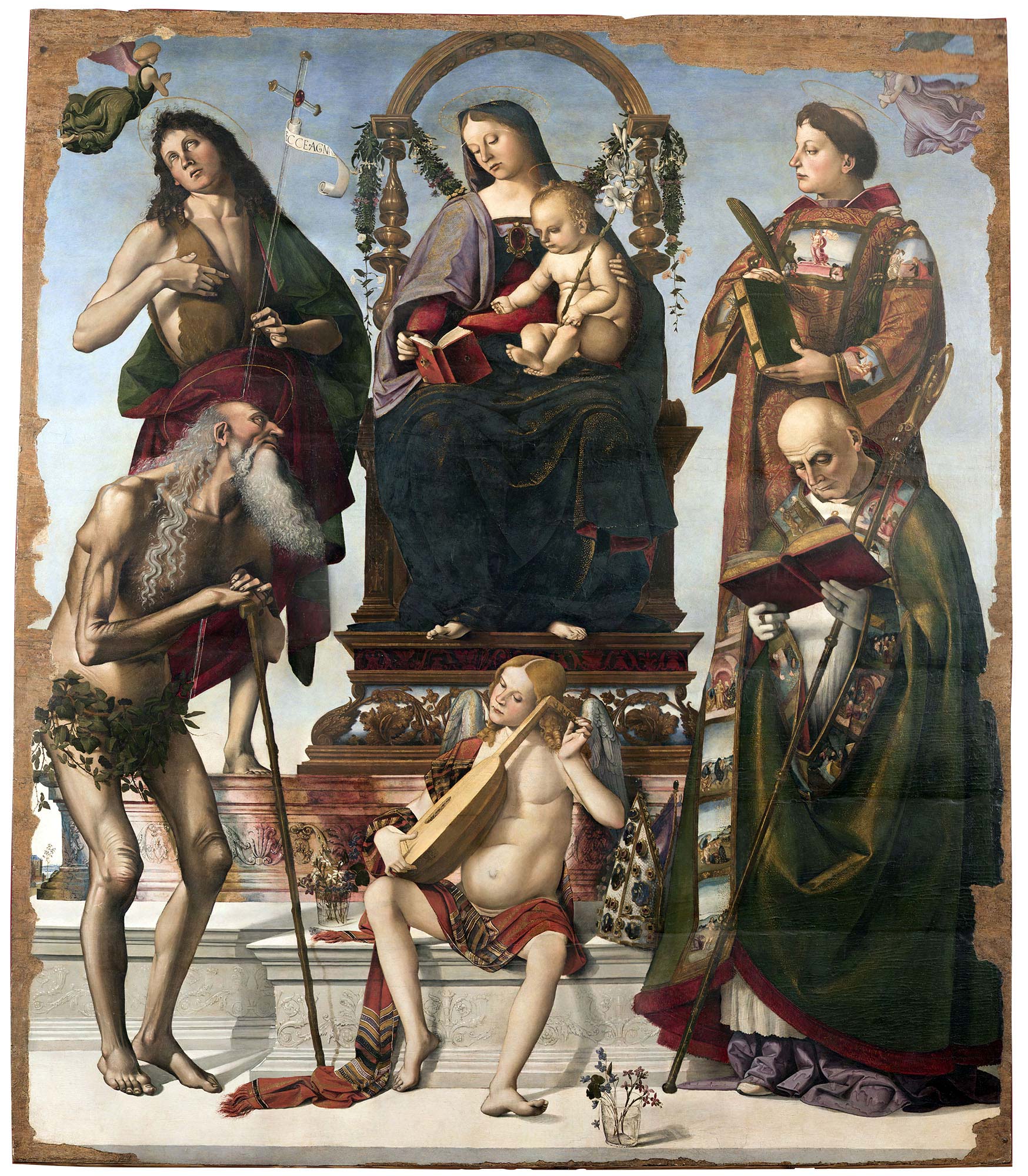


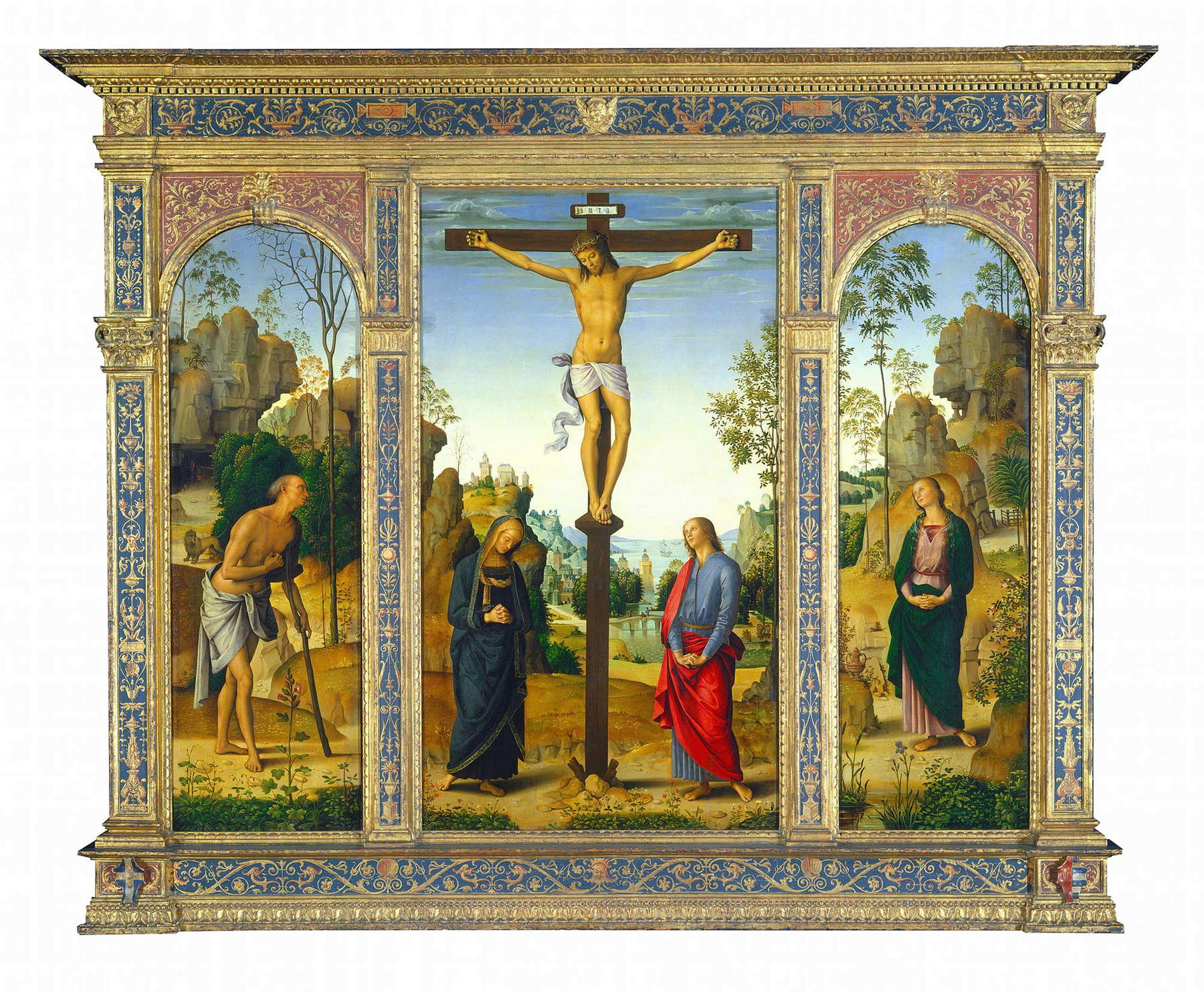
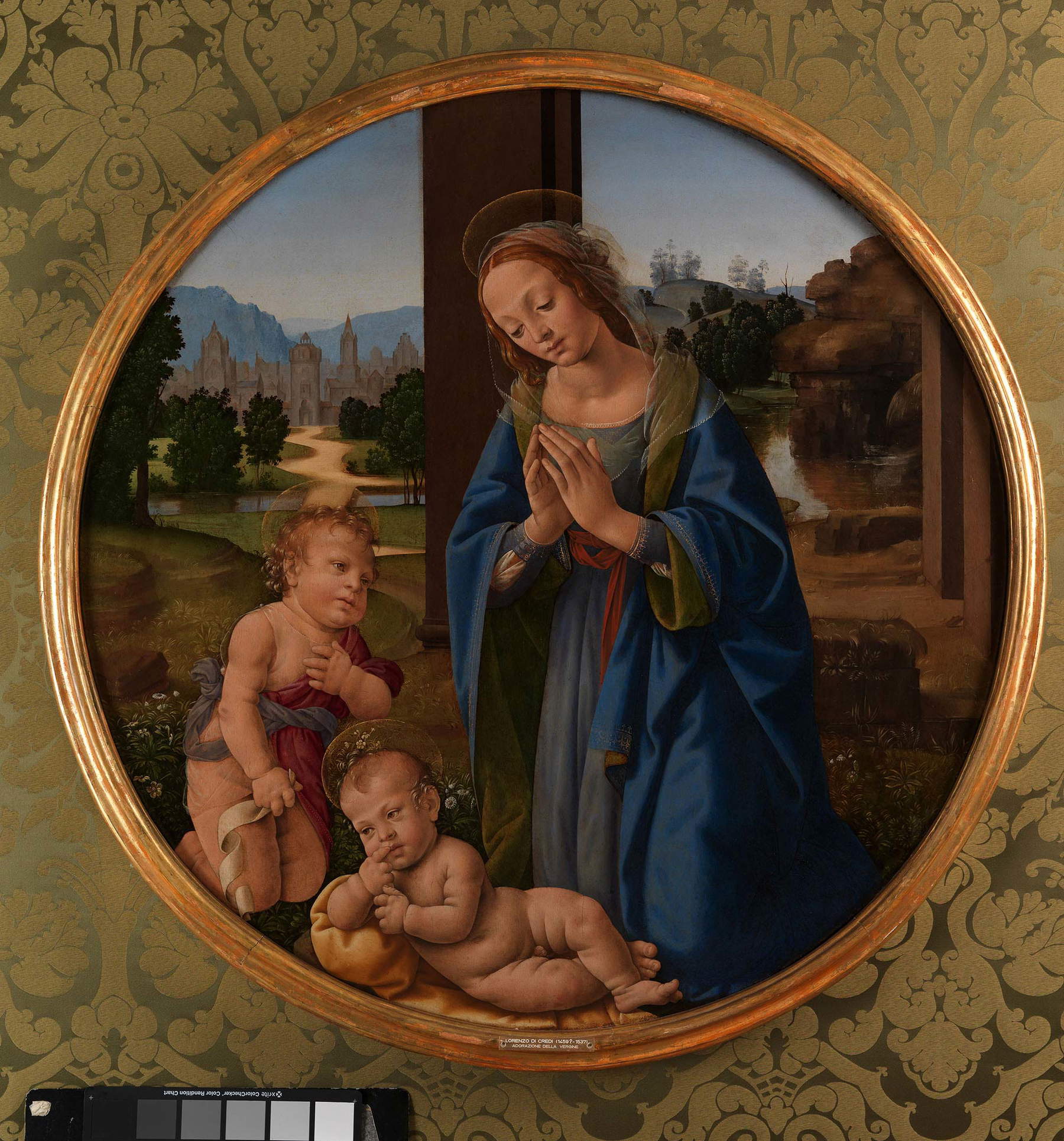
![Giovanni Santi, Saint [Queen] Martyr (Saint Ursula?) (early 1590s; tempera on panel; Urbino, Galleria Nazionale delle Marche) Giovanni Santi, Saint [Queen] Martyr (Saint Ursula?) (early 1590s; tempera on panel; Urbino, Galleria Nazionale delle Marche)](https://cdn.finestresullarte.info/rivista/immagini/2023/fn/giovanni-santi-santa-martire.jpg
)
 |
| At National Gallery of Umbria major exhibition on Perugino, Italy's best master |
Warning: the translation into English of the original Italian article was created using automatic tools. We undertake to review all articles, but we do not guarantee the total absence of inaccuracies in the translation due to the program. You can find the original by clicking on the ITA button. If you find any mistake,please contact us.